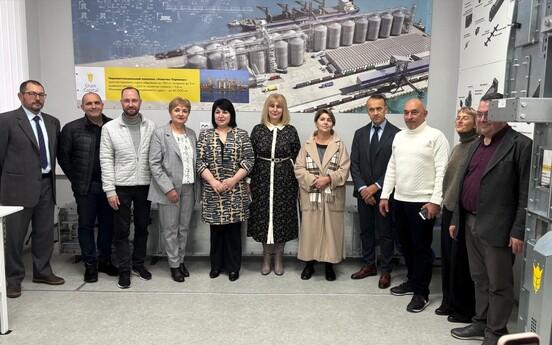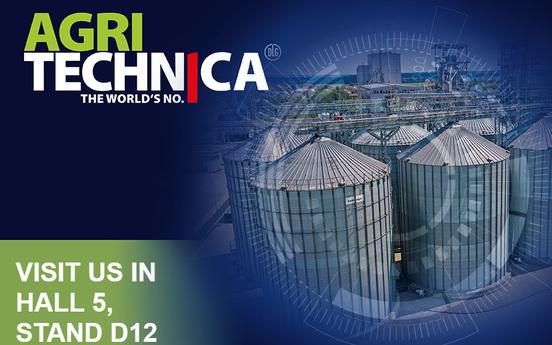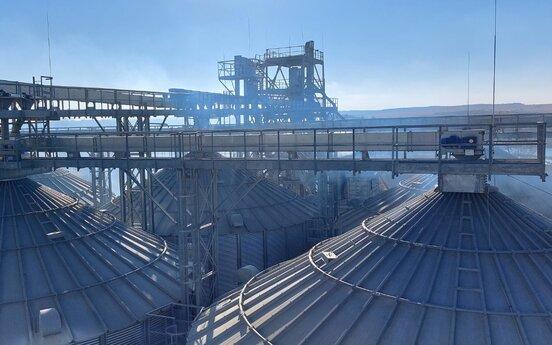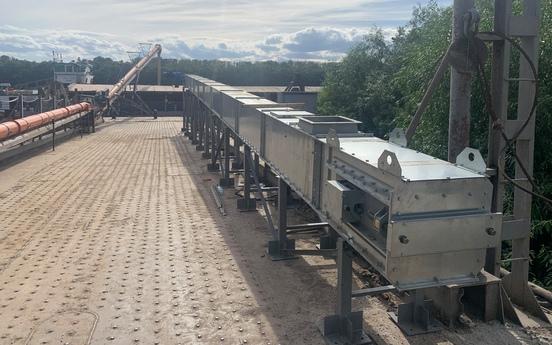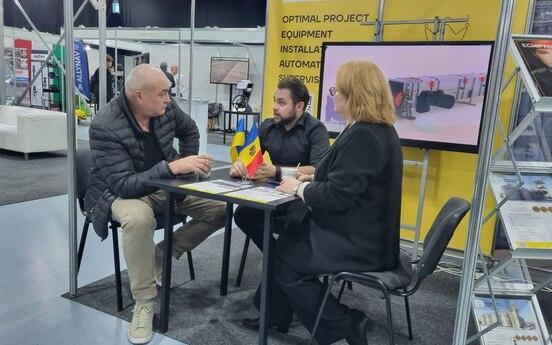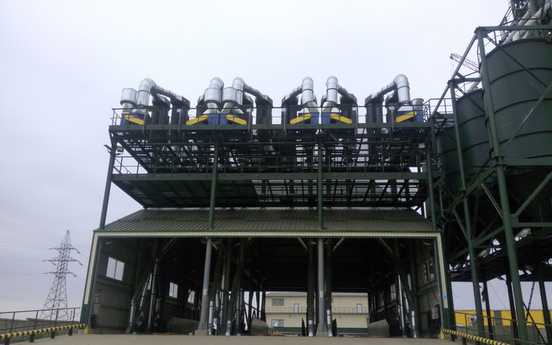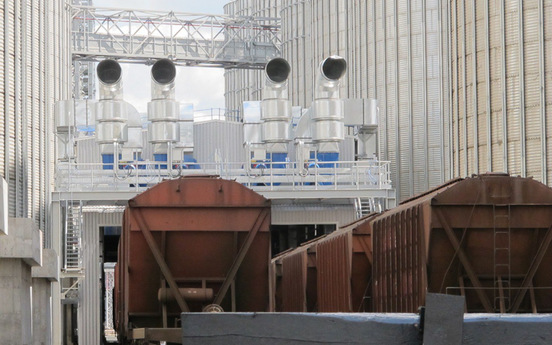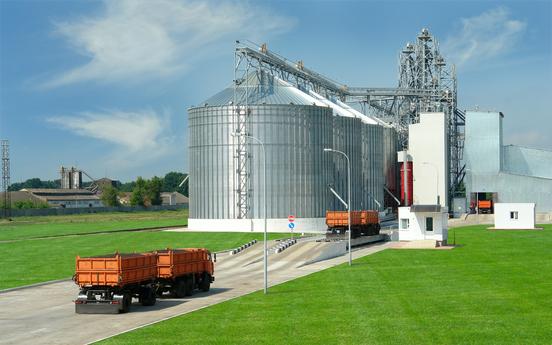Energy efficient aspiration systems
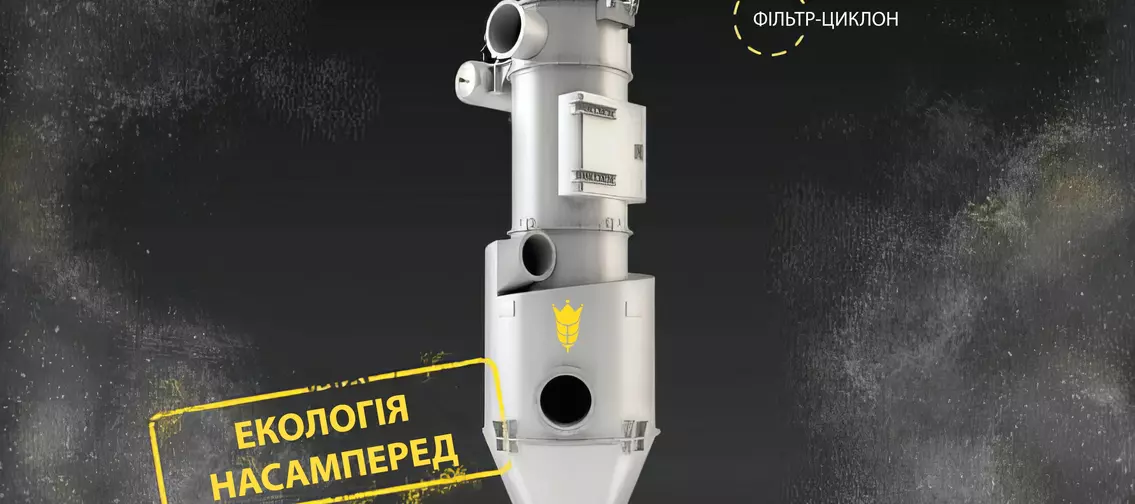
Experience of using aspiration plants in the grain industry
The experience of using aspiration plants in the grain industry of Ukraine has revealed a number of major problems: low reliability, high energy consumption and environmental pollution by dust emissions.
Creation of dust removal systems, devoid of these disadvantages, is limited, on the one hand, by the imperfection of the existing normative and technical base of design, and on the other hand, by the lack of effective and reliable aspiration equipment. The basis of the current normative documents for design of aspiration installations is the research of dust formation processes of 1980-1990s, carried out for transportation and technological lines with productivity up to 200 tons/h. As a consequence, the lack of methodology for the creation of dust removal systems for modern enterprises with line capacity from 200 to 1500 t/h resulted in low efficiency (high energy consumption, low reliability, dust removal efficiency up to 40%) of aspiration plants.
Attempts of design organizations to create dust suppression systems without an appropriate base of aerodynamic characteristics of dust formation sources and their mathematical models lead to diverse, unreasonable and sometimes illogical technical solutions. As a result, the dustiness of working premises significantly exceeds the maximum permissible concentrations of grain dust, which increases the explosion hazard, and environmental pollution at grain processing enterprises exceeds the normative indicators by 3-5 times.
Challenges and new requirements
Significant tightening of requirements of environmental services on explosion hazard of dust-air mixtures and participation of Ukrainian organizations in global projects "Green Construction" and "Green Buildings" caused the necessity to create fundamentally new dust removal systems. Complex research of dust formation processes and dust formation at new generation grain storage facilities built in 2000-2022 (grain marine terminals, elevators with metal silos), conducted by specialists of Grain Capital Environmental Safety Department and Odessa National Technological University (ONTU), allowed to substantiate three main stages of creation of energy-efficient dust suppression systems:
- Development of means of dust suppression of dust-forming sources.
- Creation of equipment shelters with reasonable tightness (aerodynamic resistance).
- Creation of "smart" aspiration plants of the fourth generation.
New approaches to aspiration systems
Modern aspiration systems must not only be effective in terms of dust removal, but also energy efficient and reliable. The use of innovative technologies allows for maximum dust suppression efficiency, while minimizing energy costs and ensuring high system reliability. This is especially important for companies that strive to meet the latest environmental standards and participate in international environmental programs.
Application of the latest developments in the field of aspiration allows to significantly reduce the level of dustiness of working premises, reduce the explosion hazard of dust-air mixtures and minimize the negative impact on the environment. This becomes possible thanks to a comprehensive approach to the design and implementation of aspiration systems, which includes the use of modern materials, technologies and equipment.
Advantages of innovative systems
The use of fourth generation smart aspiration systems provides:
- Increased dust suppression efficiency up to 95-98%;
- Reduction of energy consumption by 30-40%;
- Increased reliability and durability of the equipment;
- Compliance with the most stringent environmental standards.
Thanks to the implementation of such systems, grain processing enterprises can achieve a significant increase in their competitiveness in domestic and international markets, while ensuring high standards of environmental safety.
Author of the article:A.I. Gaponyuk, Dr. Sci. (Engineering Sciences), Professor, Odessa National Technological University, Odessa, Ukraine
